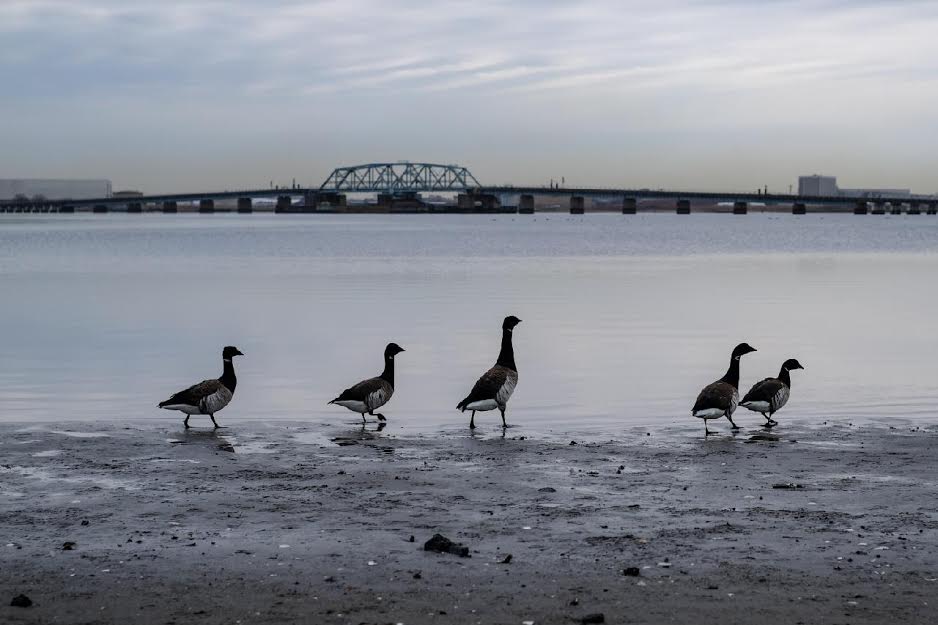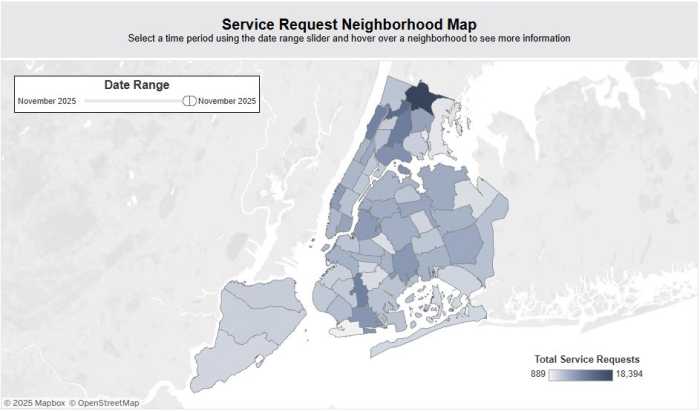The decades-long effort to restore Jamaica Bay to a pristine condition is moving forward.
The National Parks Service (NPS), in partnership with the Jamaica Bay-Rockaway Parks Conservancy, a project of the Fund for the City of New York, announced the groundbreaking of an innovative shoreline and restoration project at the Jamaica Bay Wildlife Refuge at the Gateway National Recreation Area.
This green infrastructure project, designed by Dirtworks Landscape Architecture PC, Rippled Waters Engineering and Great Ecology, will provide a resilient edge along the Refuge’s West Pond, an area breached during Superstorm Sandy and repaired by NPS in 2017.
“Our investment post-Sandy repairing the West Pond breach was only the first step. This project will protect the most vulnerable area of the pond from storm surge for years to come, while restoring valuable habitat,” Gateway Superintendent Jen Nersesian said. “We appreciate the support of our partners. This is a great demonstration of what we can accomplish together — a mark of true resilience.”
The West Pond Restoration Project will restore 2,400 linear feet of heavily eroded shoreline at the refuge with the placement of 44,000 cubic yards of sand creating nearly nine acres of new marsh habitat. The project includes a living shoreline that will provide a resilient edge to protect against climate change and sea level rise encompassing over 200,000 new native plantings, a 5,000 oyster shell bag breakwater system and natural erosion control features utilizing recycled trees and biodegradable coir logs. Construction of the project is being led and managed by the Jamaica Bay-Rockaway Parks Conservancy.
“As a partner of the National Park Service and Gateway National Recreation Area, the conservancy is ready to restore this vulnerable edge of the Jamaica Bay Wildlife Refuge at West Pond with a living shoreline that will protect the pond and trail from extreme weather and climate change while enhancing visitor experience and the ecology of the bay with hundreds of thousands on native plants,” said Tom Secunda, chairman, Jamaica Bay-Rockaway Parks Conservancy.
The Conservancy Executive Director Alex Zablocki added, “This project will create acres of new habitat at the refuge while enhancing and protecting West Pond and the beloved loop trail.”
The project development team includes the Billion Oyster Project (BOP) which is providing 120 cubic yards of shell for the project from their citywide Oyster Shell Collection and Recycling Program. Volunteers worked with BOP on Governors Island to fill biodegradable bags with cured shells that will be delivered on the site during construction to build out the unique breakwaters feature.
“The restoration project has been a true collaboration between our crew at Billion Oyster Project, shell collection restaurant partners and dedicated volunteers,” BOP Executive Director Pete Malinowski said. “We can’t wait to witness the habitat these oyster shells can create for Jamaica Bay’s remarkable marine wildlife.”
Animals such as seals, dolphins and even humpback whales have been spotted regularly in the waters of Jamaica Bay in recent years. The project began in mid-May and is expected to be completed by early fall.
“The Jamaica Bay Ecowatchers are proud to have worked with this great collaborative group on this amazing resiliency project which will protect the West Pond, long considered the crown jewel of this national park,” said Jamaica Bay Ecowatchers President Dan Mundy, Jr. “Multiple bureaucratic hurdles were overcome by the direct and consistent assistance of Assembly member Amato who chaired the monthly task force of this effort. Her efforts and those of Senator [Joseph] Addabbo helped to streamline this process, cut red tape and make this concept a reality. We are pleased to know that West Pond will now be protected by new wetlands which will not only provide storm protection for the pond but will also provide new habitat in the bay. It is fulfilling to know that future generations will be able to enjoy this amazing resource.”





































